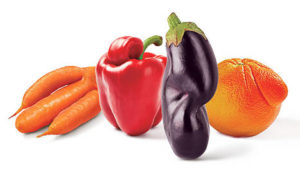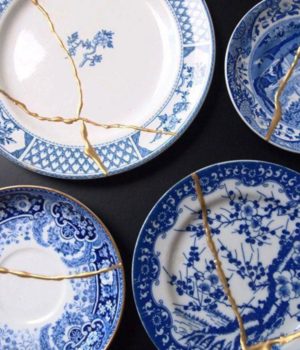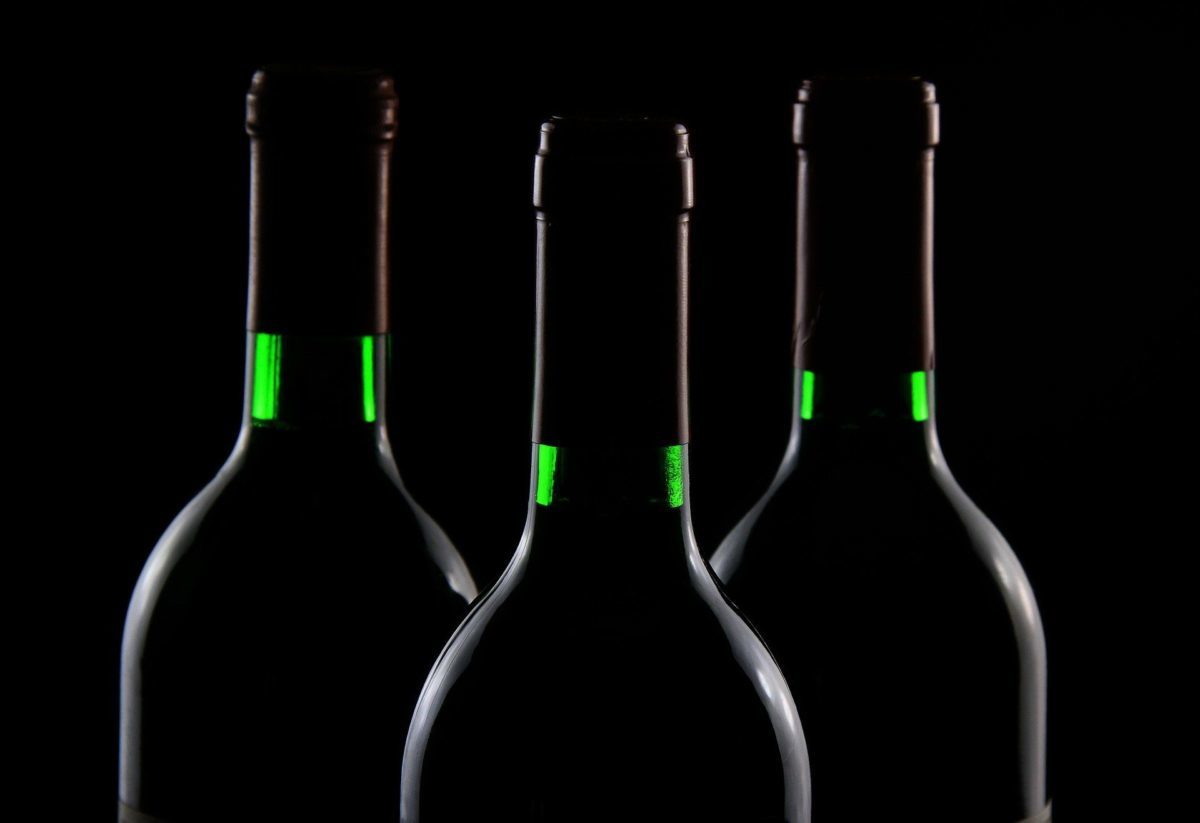The time of the perfect products it's over, at least as we understand it so far. And it is that the fashion of reuse, repair y to accept imperfect products returns and does so not only out of necessity, as in past times, but also as a philosophy. What does it consist of then kintsugi?
You can see, more and more, restaurants with different tables and chairs, restored and old. Also imperfect fruits, vegetables and meats in markets and supermarkets. Likewise, there is an increasing use of the so-called by-products in food to prepare exquisite dishes that elevate true chefs. And it is that perfection is less and less common and the search for harmony triumphs, assuming imperfections as part of life and of our ecosystem.
The best of all is that the harmony it cannot be standardized, it is totally subjective and invites creativity, recovery and respect for products already created. The kintsugi is a good example of all this. It is a japanese ancient technique that restores ceramics and that is increasingly seen in some of The best restaurants.

Kintsugi, the value of imperfections
This Japanese centennial technique consists of repairing broken pottery. Using gold dust, resins and a special varnish, the piece is recovered so that it can be used again. The use of gold dust highlights the breakages and they become more visible. In this way it becomes a way of highlighting the wounds of time, taking it to a philosophical field. This technique is an invitation to show that everything is vulnerable, both physically and emotionally, and that sharing it makes us stronger.
All this invites us, within gastronomy, to use more and more vegetables y fruit with imperfections. Also less valued products of meat and fish that with some techniques can be excellent. It is a way of seeing that not being perfect, products can achieve excellence. Giving value to the work behind each one of them and not despising them solely for aesthetic reasons will lead us to discover that a product classified as imperfect in many cases contains great quality.







